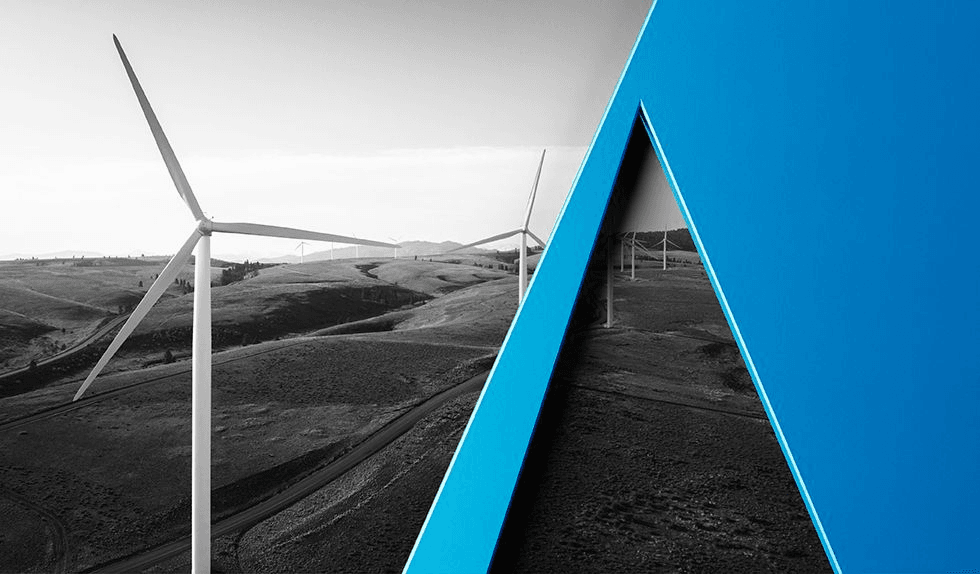On September 30, 2011, a coalition of state entities and consumers filed a Complaint (“Complaint I”) with FERC, alleging that the NETOs were receiving an excessive ROE based on existing capital market conditions. FERC, after a hearing held on May 6-10, 2013,3 agreed with this basic premise, issuing Opinion No. 5314 on June 19, 2014, which found that the NETOs’ base ROE should be lowered from 11.14 percent to 10.57 percent.5
However, Opinion No. 531 was not an unmitigated victory for the complainants. Utility ROEs are set using a discounted cash flow (DCF) analysis, which calculates a “zone of reasonableness” for a utility’s ROE based on market statistics for a “proxy group” of comparable companies. Once a zone of reasonableness is calculated, FERC sets the ROE for the company within that range of values. Usually, FERC sets a company’s ROE at the midpoint of the zone of reasonableness.6 Therefore, the complainants argued that FERC should set the NETOs’ ROE at the midpoint, which would have resulted in a base ROE of 9.39 percent.
Instead, FERC set the NETOs’ ROE at 10.57 perecent, halfway between the midpoint of and the top of the zone of reasonableness. FERC based this decision on the presence of “anomalous market conditions” arising from the 2008 financial crisis and the resulting Great Recession. FERC noted that these conditions could distort the results of a DCF analysis, and it therefore looked to other record evidence (including other ROE benchmark methodologies and the ROEs set by state commissions) to determine where to set the NETOs’ ROE within the zone of reasonableness derived from a DCF analysis. Based on this evidence, FERC concluded that setting the NETOs’ ROE at 9.39 percent would be unjust and unreasonable, since it would not reflect their true cost of capital and might impair their ability to attract additional investment.
While Complaint I was being litigated (resulting in Opinion No. 531), Complaints II and III regarding the NETOs’ ROEs were filed with FERC and began winding their way through the hearing process.7 In the same time period, another separate, but similar, set of complaints were filed regarding the ROE for transmission owners of the Midcontinent Independent System Operator, Inc. (MISO).
On December 22, 2015, ALJ David H. Coffman issued an Initial Decision8 addressing the first of the complaints against the MISO transmission owners (MISO TOs). Judge Coffman found that the MISO TOs’ base ROE of 12.38 percent was unjust and unreasonable, and that it should be lowered based on new DCF analyses. However, just as the Commission did in Opinion No. 531, he decided that “anomalous market conditions” warranted setting the new ROE above the midpoint of the zone of reasonableness. Judge Coffman determined that, as with the NETOs, the MISO TOs should receive a base ROE halfway between the midpoint and the top of the zone of reasonableness, in this case, 10.32 percent. Judge Coffman based his conclusion that anomalous market conditions still prevailed on, among other things, undisputed evidence that the Federal Reserve had taken actions that had eroded the value of long-term bonds and dividend-paying stocks.9 The Commission has not yet issued an order on Judge Coffman’s decision.
Judge Sterner’s March 22 decision, concerning Complaints II and III against the NETOs, makes similar findings concerning the continuation of anomalous market conditions due to, among other things, the actions of the Federal Reserve and the Department of the Treasury. He provides a helpful list of the evidence supporting this finding, noting that much of it is the “same type” of evidence that the Commission relied upon for Opinion No. 531.10 The evidence cited includes the following:
- Yields on 10-year U.S. Treasury bonds and utility bonds are at historic lows.
- The Federal Reserve has engaged in the suppression of interest rates to extremely low, historically abnormal levels, and the consensus expectation is that interest rates will rise once the Federal Reserve’s intervention recedes.
- Extremely low interest rates have caused unconventional, unsustainable demand for utility equities, driving up utility stock prices and driving down utility dividend yields.11
- Utility bond yield forecasts from widely referenced, Commission-supported advisory publications show that investors expect that utility bond yields will rise significantly in the near-term future.12
- Alternative ROE methodologies produce significantly higher results, indicating that the DCF methodology is being distorted by anomalies.13
As with Judge Coffman’s order regarding the MISO TOs, FERC has yet to issue an order on Judge Sterner’s March 22, 2016, decision. Another decision from Judge Coffman, concerning a second complaint against the MISO TOs, is expected by the end of June, and it will undoubtedly address the issue of anomalous market conditions.
It is not yet clear whether FERC will agree with the ALJs that anomalous market conditions have continued to exist and distort the results of DCF analyses, or whether FERC will side with the multiple complainants that claim that abnormal market conditions are, in fact, the “new normal.” Even if the Commission does determine that near-zero interest rates and low bond and dividend yields are the “new normal,” that does not resolve the question of how to set a just and reasonable ROE. Commissioner Colette D. Honorable, in her concurrence on rehearing of Opinion No. 531 (Opinion No. 531-B) observed that anomalous market conditions are “by definition, atypical” and that utilities must be prepared to demonstrate that “market conditions are indeed anomalous” if they wish to set their base ROE above the midpoint. However, the Commission did not grant the NETOs a higher ROE simply because market conditions were anomalous. The Commission was concerned that anomalous market conditions would skew the DCF analysis, resulting in a midpoint ROE that would not compensate utilities for their risks and cost of capital. If the anomalous is now normal, will the Commission need a new test? Or will the halfway point between the midpoint and the top of the range of reasonableness become the new default?
1 Environment Northeast v. Bangor Hydro-Elec. Co., 154 FERC ¶ 63,024 (2016).
2 Id. at P 337.
3 See Coakley v. Bangor Hydro-Elec. Co., Docket No. EL11-66.
4 Coakley v. Bangor Hydro-Elec. Co., 147 FERC ¶ 61,234 (2014).
5 The Commission confirmed this tentative finding in Opinion No. 531-A, 149 FERC ¶ 61,032, at P 1 (2014).
6 Opinion 531 at P 142.
7 Additional complaints were necessary because the Federal Power Act limits refunds arising from a Complaint to a 15-month period. 16 U.S.C. § 824e(b). Because the Complaint I proceeding was not resolved quickly, it was necessary for additional parties to file complaints in order for ISO-NE’s customers to receive refunds after the initial 15-month refund period.
8 Ass’n of Businesses Advocating Tariff Equity v. MISO, 153 FERC ¶ 63,027 (2015) (Judge Coffman issued a “corrected” Initial Decision on December 29, 2015).
9 These actions included actively suppressing interest rates and the quantitative easing program.
10 154 FERC ¶ 63,024 at P 692.
11 Id.
12 Id.
13 Id.



